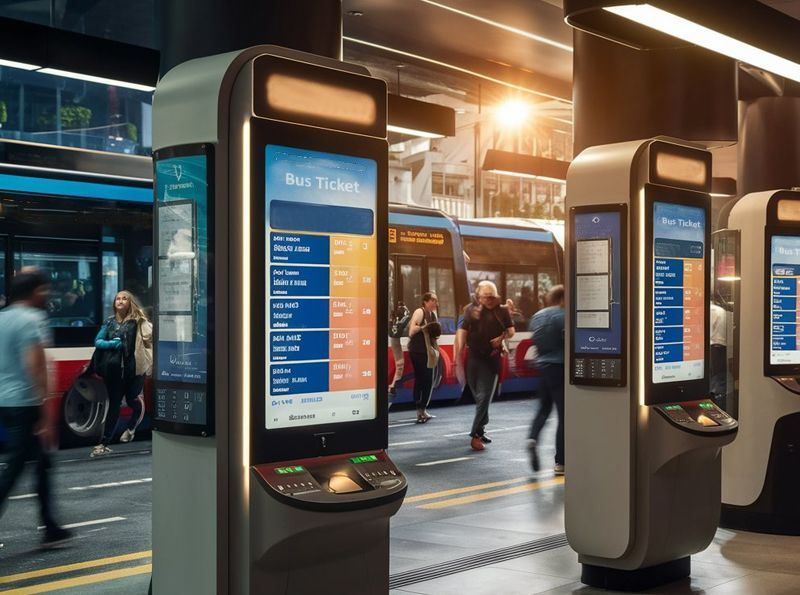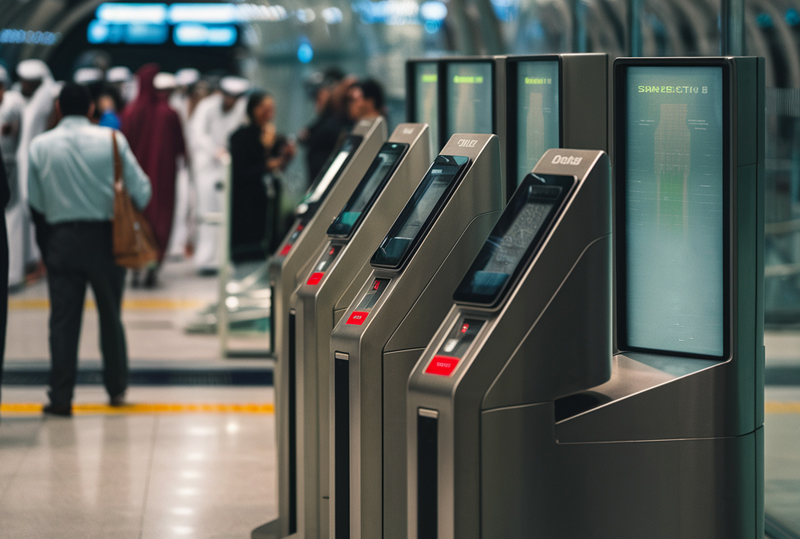The Impact of Self-Service Kiosks on Public Transportation Systems
In todays’ fast-moving and dynamic world of public transportation, efficiency and convenience have immense significance. Both theses aspects have fueled the adoption of self-service kiosks in public transportation sector. The role of self-service kiosk machines is not just limited to ticket dispensing. There are several other rewarding benefits too like providing real-time travel updates, navigational support, real-time monitoring etc.
In this blog, we will delve into the role of self-service kiosks in public transportation in detail, covering the benefits both in the customer’s and service provider’s perspective.
In the later part of the blog, I’ve also furnished a brief case study of Panashi’s Airport kiosk project in Angola, Africa, citing the usefulness of airport check-in kiosk machines.
Take your time to go through the blog, and let me know your valuable feedbacks too.


Certain noteworthy public transportation statistics of UAE & Africa
The role of self-service kiosks in public transportation sector
Self-service kiosks play an integral role in public transportation sector, especially in automating the ticketing process, improving the operational efficiency and enhancing passenger experience. Now, let’s examine those roles in detail.
Transportation has much to do with publishing the most updated and relevant information and “TIME” is an important factor.
Passengers appreciate the service providers when they get to access relevant, accurate information on a time-bound manner.

Information dissemination aspect is mutually beneficial for both the service operators as well as the users. Let’s go through some of those benefits.
Implementing self-service kiosks in transportation hubs - Benefits
Service provider benefits
Passenger benefits
Case study (Airport Kiosk in Angola)
As part of the Airport kiosk deployment project for the Government of Angola, in Africa, Panashi had implemented a feature-rich Airport kiosk. The kiosk machine takes full control of the airport check-in operations which includes printing boarding pass and baggage tagging. The kiosk is loaded with multi-language functionality which helps passengers of diverse nationalities and cultures in Africa. The airport kiosk has become a reliable and dependable “go-to machine” for passengers to access both flight-related and airport-related information.
Conclusion
The use of self-service kiosk in public transportation has several rewarding benefits which are still not leveraged to the maximum potential.
Without an iota of doubt, I would say, UAE has achieved remarkable growth in public transportation sector, especially in the past two decades. Thanks to UAE’s quick urbanization and economic expansion. The role played by the UAE government is worth-mentioning in this regard.
The nation has made significant investments in developing and updating its infrastructure within the last ten years. After its 2009 introduction, Dubai's Metro system has grown to rank among the most sophisticated in the world.
The much-awaited, million-dollar Dubai Hyperloop project and the testing of driverless cars showcase UAE’s insatiable determination for innovation in public transportation sector.
And of course, Africa’s public transportation market predictions are promising too.
Let’s hope for the best.
Any assistance or consultation regarding the deployment of self-service kiosks in transportation hubs, please get in touch with our technical experts.
